The Province of British Columbia apparently knew what to do to lessen the intensity of wildfires by 2017.
The reports they'd commissioned in 2003, after the catastrophic Kelowna wildfires, were explicit, but the recommendations were costly. Remove small trees and other burnable debris and do controlled burns.
The government followed the suggestions, but only on about a tenth of the area in B.C. which the report had recommended should receive fire-prevention treatment.
Now, B.C.’s forests minister Doug Donaldson is determined to do better, he told National Observer in an interview last week.
But with a budget of $140 million to spend over the next three years on fire prevention in the province, some say the money won't be enough to protect B.C's communities from the next big burn.
Lori Daniels, a forest ecology professor at the University of British Columbia, is one of those who is skeptical the money will be close to enough. She estimates it will take about $3.5 billion to protect the highest risk areas of the province in years to come.
Unprecedented fire season
Last summer in B.C., fire forced around 65,000 people to flee their homes. Fires destroyed more than 190 houses and the province spent more than $550 million fighting the flames in more than 1,256 fires. It was unprecedented, and alarming.
“The scope, the scale and the size of these fires was like nothing we’ve ever seen before,” Donaldson told National Observer in an interview.
It was the worst fire season in B.C.'s recorded history. But Canadian Wildland Fire Strategy officials are braced for more, and possibly worse in future years.
Wildfires are likely to increase in intensity and frequency, due to climate change, a call-to-action report by the organization says.
B.C.'s forestry minister says he and his colleagues will be reviewing the fire situation to determine what went well and what needs improvement. In particular, he said, the ministry will look at what happened due to the province's failure to treat critical areas near communities over the past 14 years. How did it set the conditions for the loss suffered in 2017?
Internal technical reviews will be done by BC Wildfire Service and Emergency Management BC in addition to the independent external review.
Ordering reviews seems to be the fallback strategy of the New Democratic Party government.
Since coming into power, the NDP has ordered reviews for Site C, the minimum wage, ride sharing, the Massey Tunnel replacement, the foreign buyers’ real estate tax, Insurance Corporation of British Columbia rates, fish farming, money laundering, marijuana, and the Human Rights Commission.
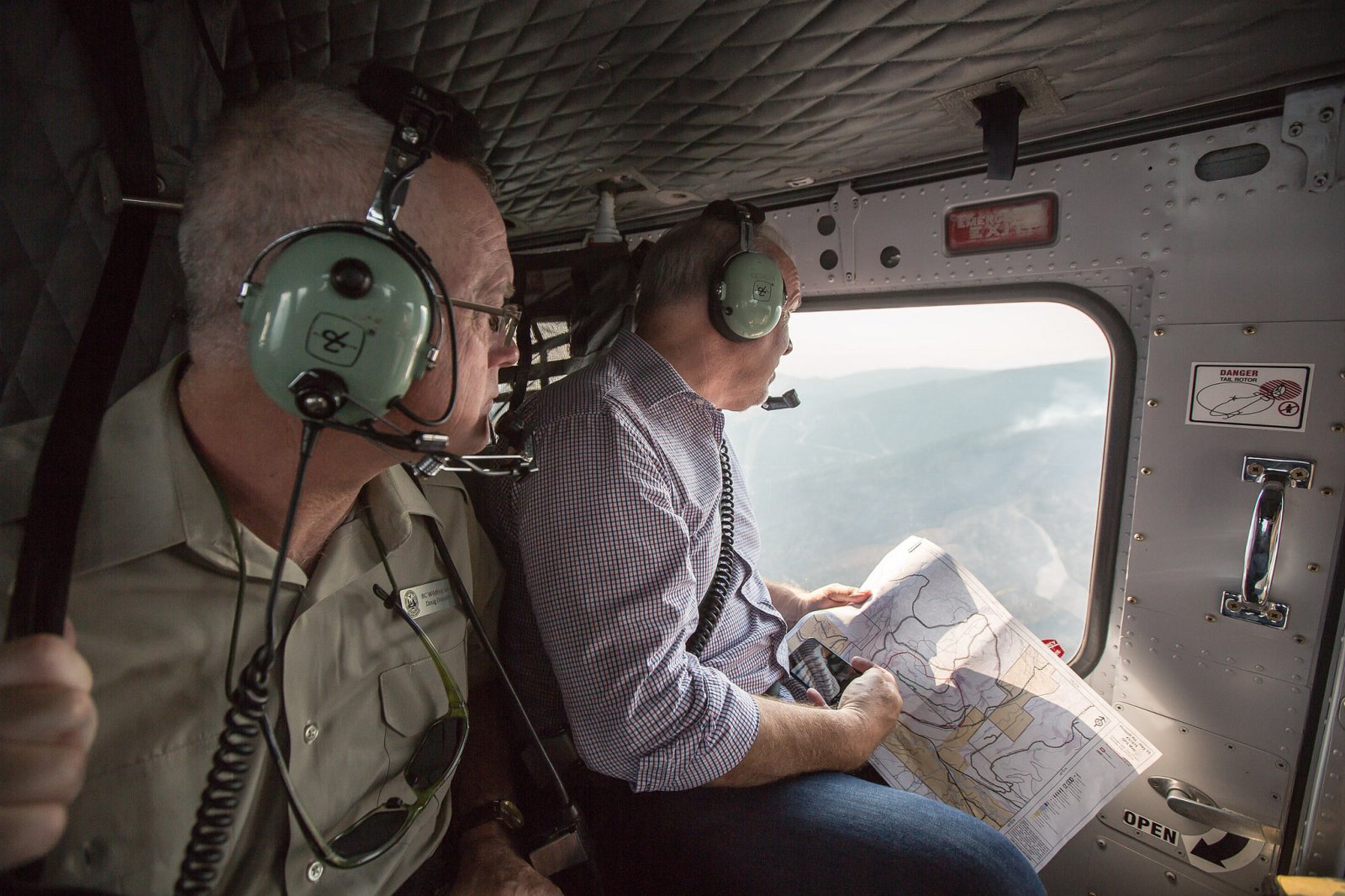
Forests minister will argue for more money, but billions needed
Donaldson is arguing for more money to mitigate future fire damage, but he said cabinet confidentiality prevents him from giving details of exactly what he's asking for.
“I think you can look at it this way: we spent over $520 million in direct firefighting costs this year, so you could actually look at it as if you spend the money in a planned effort over a number of years, that will reduce the amount of emergency money that is needed unexpectedly in a situation like this year," Donaldson said.
He hopes to leverage some of the provincial funding to get more federal funding, both for treatment of forests surrounding First Nations communities and for addressing climate change.
“It’s fully within the federal government’s criteria to apply that, whether it’s replanting trees as carbon sinks or whether it’s dealing with the health of the forests or dealing with wood waste so that it doesn’t become an emission threat in a future forest fire season,” Donaldson said.
In the decade after the Kelowna fire, the province spent only about $80 million trying to reduce the fire fuels around communities, says forest ecology professor Daniels.
At about $5,000 per hectare — which is on the low side — it would cost about $3.5 billion to safeguard only the communities that are at highest risk, Daniels says, adding that such a program could recoup some costs by selling biofuels.
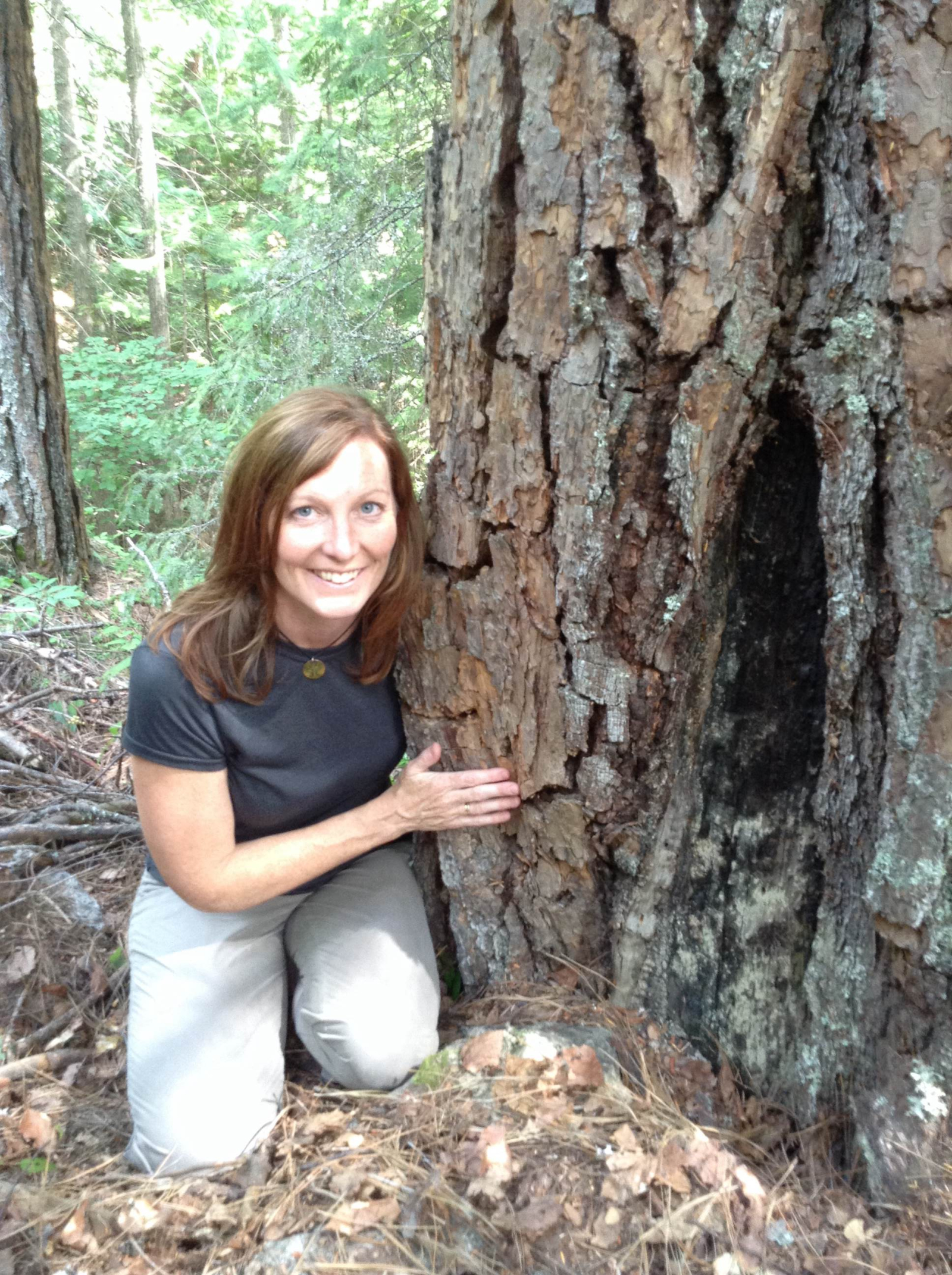
UBC forest ecology professor Lori Daniels poses with a fire-scarred pine tree. Photo by Sarah Andison
Action is needed now, forest ecology professor says
“This summer cannot be another wakeup call,” Daniels says. “This has to be the call to action and it needs to happen now.”
The strategies that can mitigate and control wildfires are expensive and complex. The main factors that heighten the risk of fire are the fuels, the weather and how they interact with the topography, she says.
The weather was exceptionally hot and dry in B.C. this summer and 85 maximum temperature records were broken between the third week of June and the September long weekend.
“So, what could’ve been a campfire became a bonfire.”
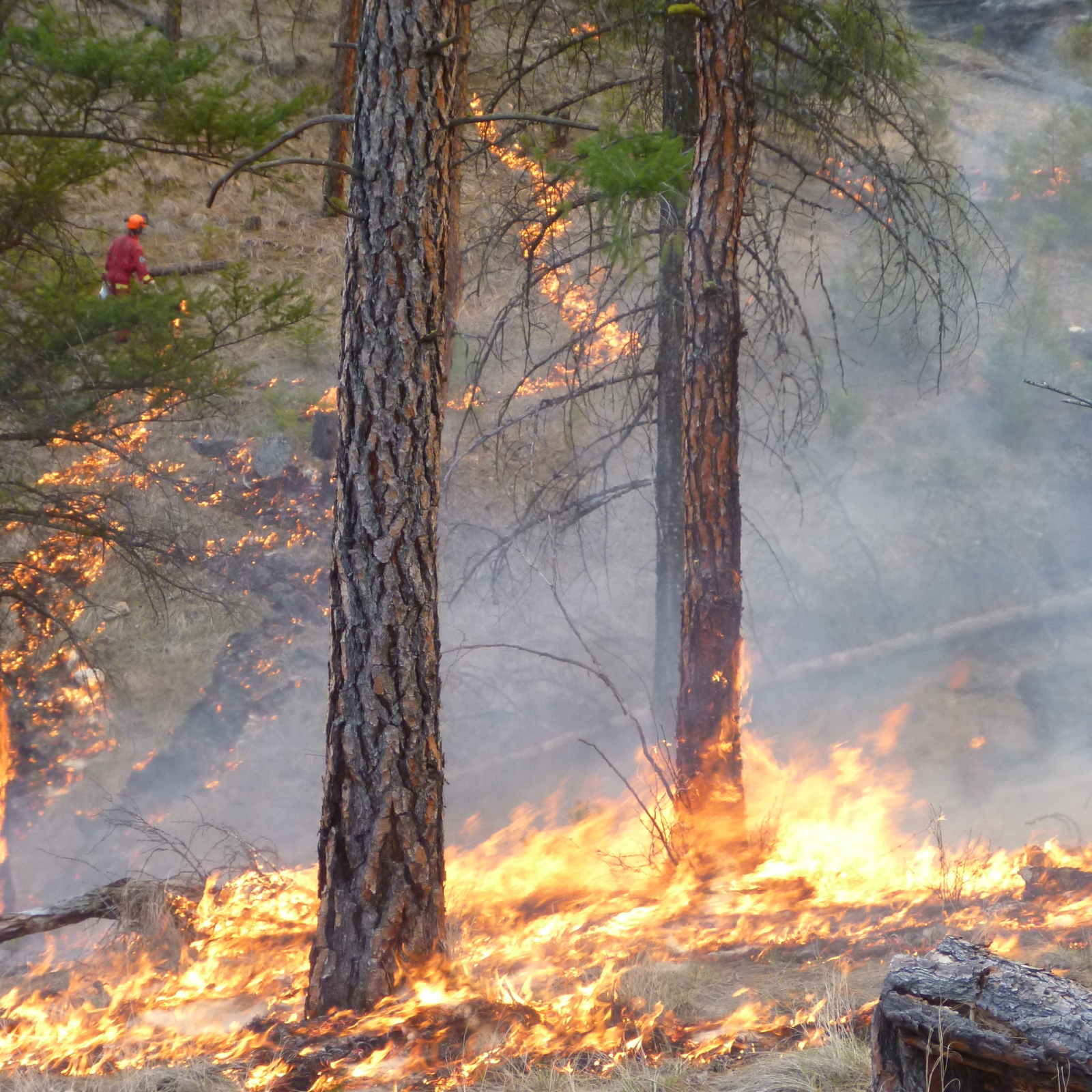
Cattle rancher says province isn’t learning from past mistakes
Greg Nyman is a cattle rancher who lives 11 kilometers north of Clinton, a village in the Interior of B.C. Kamloops is the nearest major city. Action is needed now, Nyman told National Observer. His family was on evacuation order twice for nearly four weeks last summer. His wife and children were away from home for four weeks.
“We’ve had lots of bad seasons before, but the problem is that we’re not learning from past seasons,” Nyman says. “It’s extremely labour intensive and expensive to remove fuel, but pay now or pay later. You’ve got to pick.”
Nyman’s cows range on 7,000 hectares of leased Crown land that was devastated by a fire started after a prescribed burn failed.
Nyman got permission to check up on his cows during the fire. He drove in by motorcycle for 31 kilometres.
“The fire was on either side of the road. I had to lift my bike over burnt trees that had fallen to the ground and take detours through burnt ground,” he recalled, as he talked with me about the ordeal.
He lost as many as 30 of 140 cows to the fire while other of his herd suffered burnt feet and scorched lungs.
“I had a beautiful animal the other day that just laid down and died. She was young – only two years old – and I’m pretty sure her lungs were scorched and she just couldn’t go anymore,” he says.
Nyman says this could be the end of the road for his cattle-ranching career. The burnt Crown land won’t be viable to farm any time soon and because both he and his wife work full time as well as ranch, they can’t travel to look after the cattle 100 kilometres away from home.
“It’s not just us who are in this position. There are people from Cache Creek well out into the Chilcotin who are in the same position,” Nyman says. “We got off lucky – a lot of those places, their home places burnt up as well.”
Tracy Sherlock writes about the B.C. government for the National Observer each week. Contact her with news tips at tracy@nationalobserver.com.


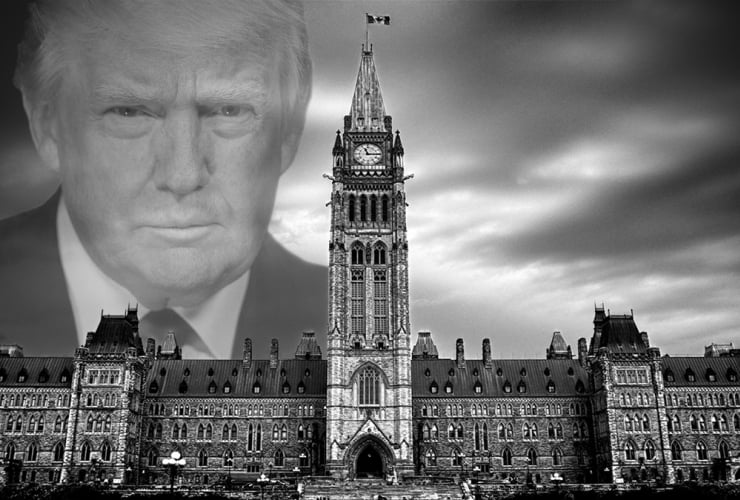
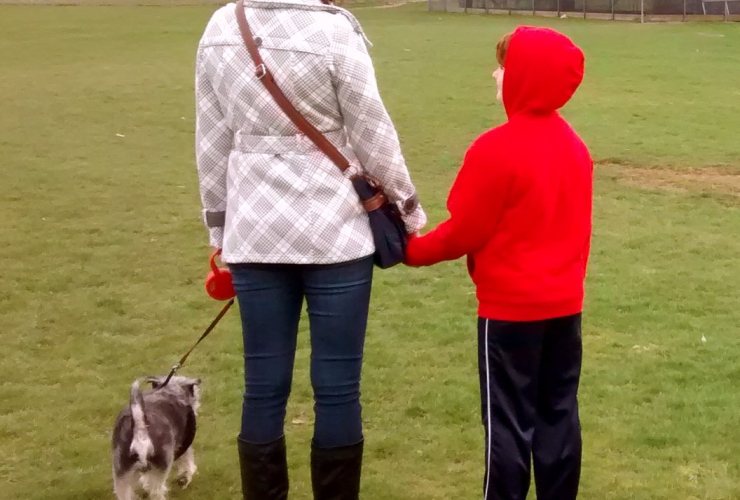

Comments